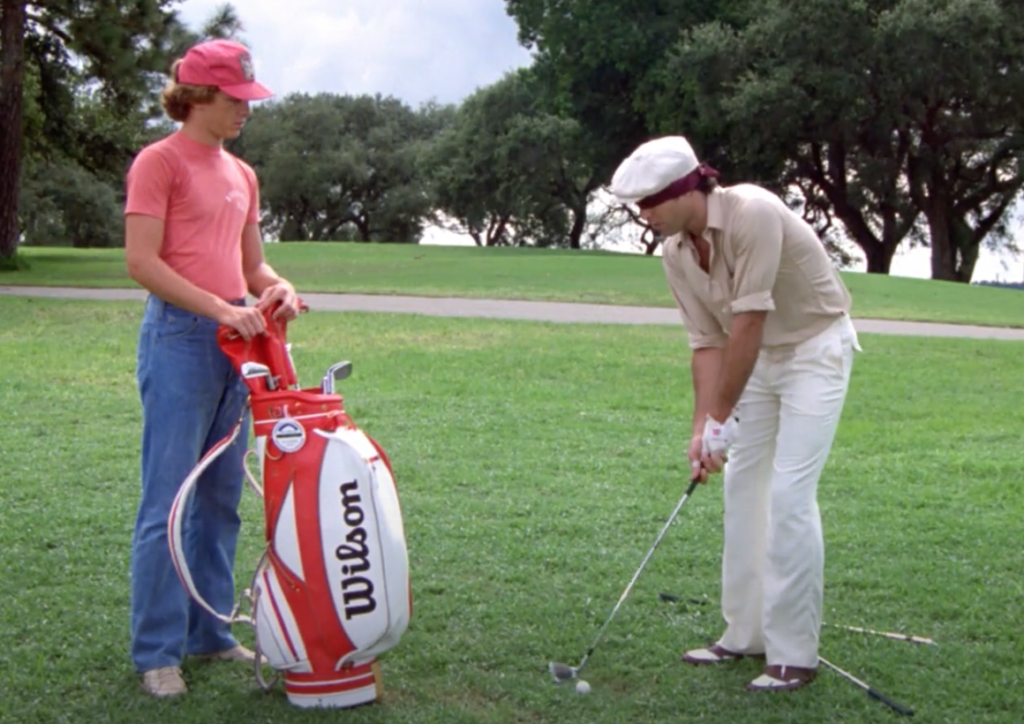
In preparation for a complex neurosurgical procedure, it is very important to imagine the surgical viewpoint in order to anticipate safely approaching and treating the condition. A surgeon must foresee where related critical structures reside. It’s just like Chevy Chase’s message in Caddy Shack… “Be the ball, Danny”.
For example, this is a large left carotid aneurysm. Based on the preoperative angiogram, the feeding and distal blood vessels are pretty clear from a front and back view.
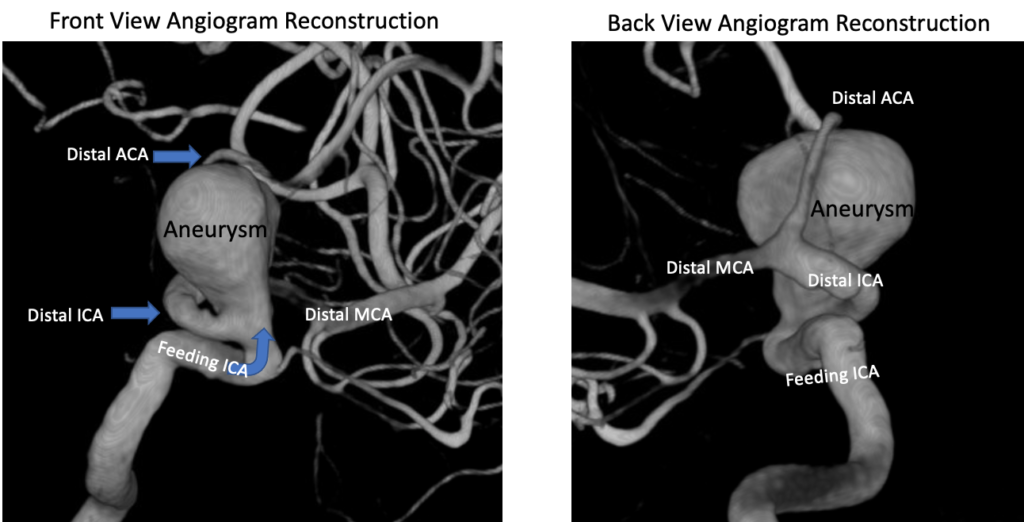
However, this initial intraoperative view (top-down) looks nothing like the angiogram. Blood is present, the aneurysm is obstructing the feeding and distal vessels, and a swollen brain is in the way.
In order to clip the aneurysm, the surgeon must visualize the field like the angiogram to predict the location of vital structures. After the aneurysm is clipped, the relationships become clear again and imagination is no longer required.
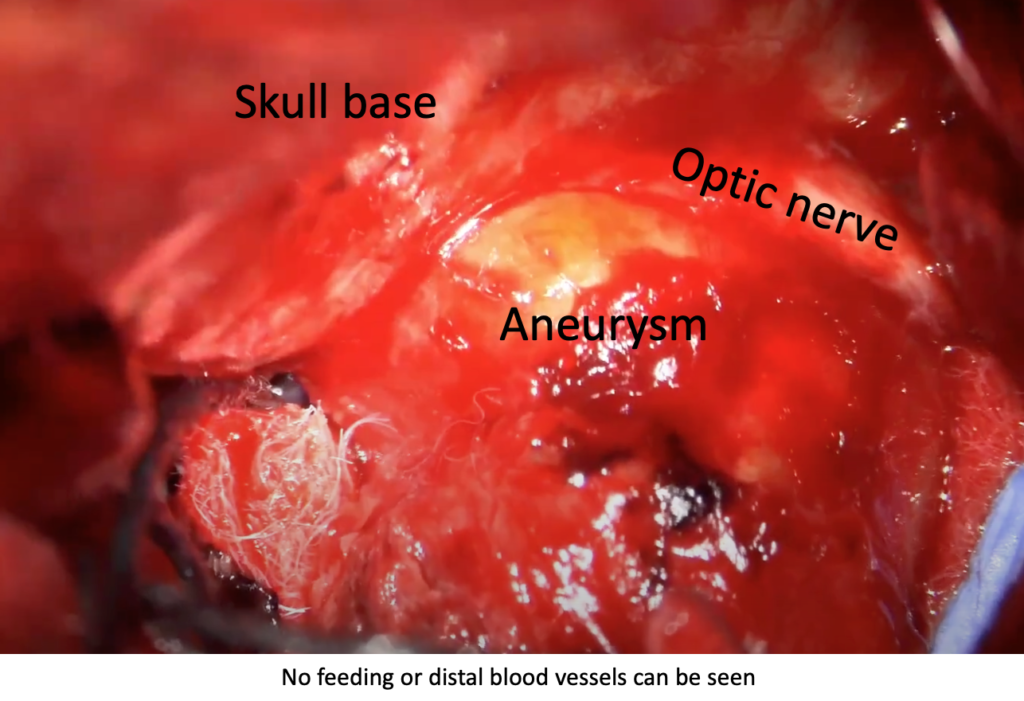 Visual imagery is the experience of seeing scenes and objects in their absence. In most people, this usually is less vivid than “real seeing”, but nonetheless with a distinctive “visual feel”. Others see, “as vivid as real seeing”, which is called hyperphantasia. Yet some essentially have no visual imagery, called “aphantasia”. Hyperphantasia is thought to occur in about 3% of people, while aphantasia is only about 1%.
Visual imagery is the experience of seeing scenes and objects in their absence. In most people, this usually is less vivid than “real seeing”, but nonetheless with a distinctive “visual feel”. Others see, “as vivid as real seeing”, which is called hyperphantasia. Yet some essentially have no visual imagery, called “aphantasia”. Hyperphantasia is thought to occur in about 3% of people, while aphantasia is only about 1%.
In 1880 a psychologist first described visual imagery and noted that some people lacked this ability. However, it hasn’t been until the 2000s that the neural basis was explored. The “visualization network” involves a combination of regions, including the frontoparietal areas controlling eye movements, areas involved in memory, and the primary visual processing centers (occipital cortex). During imagery, the visual pathway is essentially reversed.The image in the occipital lobe flows back toward the retina, albeit through processing areas. To support this, most people who imagine a bright object have their pupils shrink, just like what occurs when we actually see a bright light. But why do some non-blind people have a vivid mind’s eye and others don’t when both would be expected to have a normal visual pathway? (Of note, most aphantasics don’t constrict their pupils when imagining a bright object)
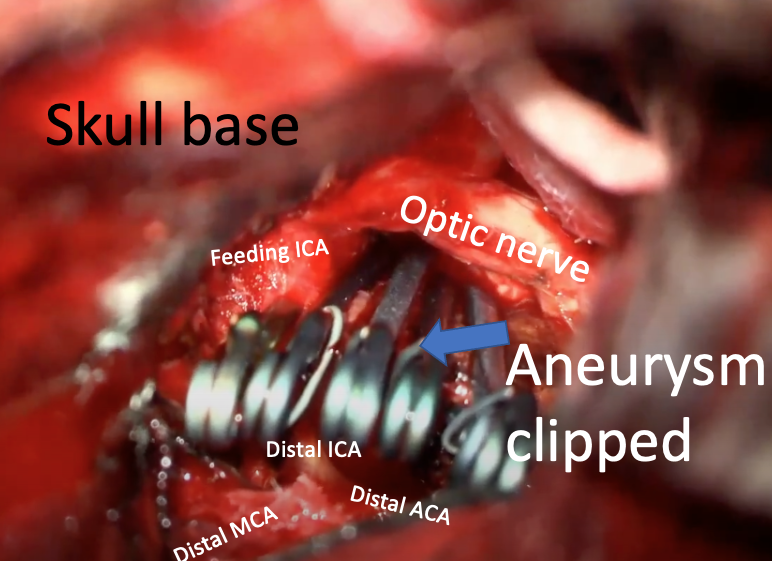
In a recent 2021 study, 25 people with hyperphantasia, 24 individuals with aphantasia, and 20 controls with normal imagery underwent brain scans.
The functional MRI connectivity between the visual cortex and the decision-making regions of the frontal cortex was stronger in hyperphantasics than aphantasics. Both do well on standard declarative memory tests, indicating that aphantasia is not associated with recall ability. However aphantasics have lower autobiographical memories and are less able to imagine future scenarios.
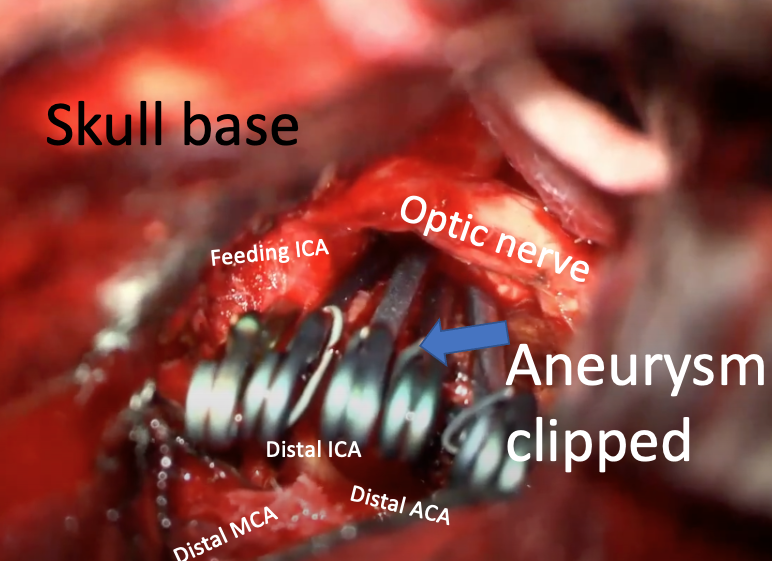 They have trouble projecting themselves into mentally constructed scenes. Aphantasics also tend to be more introverted, and a number of aphantasic participants in this study spontaneously mentioned they were on the autistic spectrum. (Autism has been associated with reduced long-range brain connectivity.) Hyperphantasics were associated with “openness”, displaying broad interests, willingness to pursue new experiences, and active imaginations.
They have trouble projecting themselves into mentally constructed scenes. Aphantasics also tend to be more introverted, and a number of aphantasic participants in this study spontaneously mentioned they were on the autistic spectrum. (Autism has been associated with reduced long-range brain connectivity.) Hyperphantasics were associated with “openness”, displaying broad interests, willingness to pursue new experiences, and active imaginations.
There are numerous limitations to this study. Likely, both hyperphantasia and aphantasia could be broken into subgroups, which was not pursued here. IQ was not controlled for in this study, possibly factoring into results. How hyperphantasia or aphantasia relates to success or failure in global aspects of life is unclear. While hyperphantasia obviously could promote success in a field like neurosurgery for reasons listed above, aphantasia may not place Danny’s golf ball, “… right in the lumber yard”. Aphantasics are obviously still capable of prosperous careers and success in life. It may confer a professional advantage by eliminating distractions or allow some to escape the burden of reliving traumatic experiences. In fact, Ed Catmull, the co-founder of Pixar former president of Walt Disney Animation Studios, has declared he has aphantasia.
Hyper- or aphantasia is by no means a “disorder”, but likely an intriguing variation on the human experience. It may even be possible to strengthen or weaken the “mind’s eye” in the future.
References:
Milton F et al. Behavioral and neural signatures of visual imagery vividness extremes: aphantasia versus hyperphantasia. Cerebral Cortex Communications. 2021.
Phil Smith






